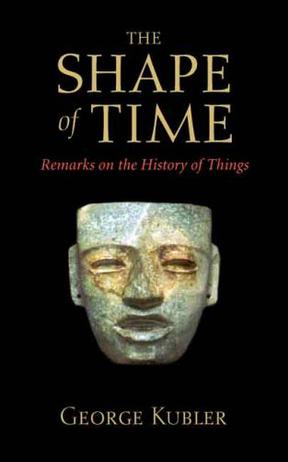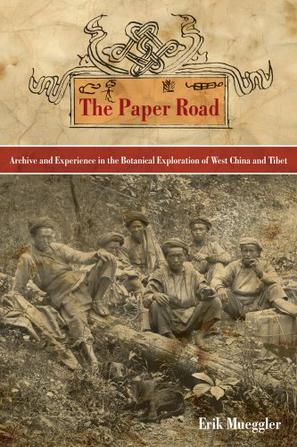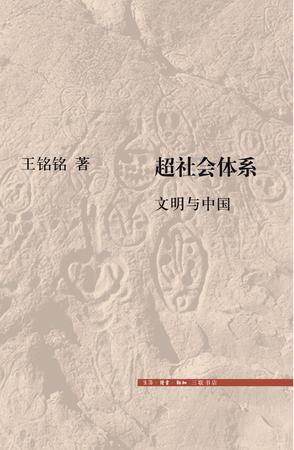-

The Shape of Time
When it was first released in 1962, "The Shape of Time" presented a radically new approach to the study of art history. Drawing upon new insights in fields such as anthropology and linguistics, George Kubler replaced the notion of style as the basis for histories of art with the concept of historical sequence and continuous change across time. Kubler's classic work is now made available in a freshly designed edition. -

The Paper Road
This interesting book interweaves the stories of two early twentieth century botanists to explore the collaborative relationships each formed with Yunnan villagers in gathering botanical specimens from the borderlands between China, Tibet, and Burma. Mueggler introduces Scottish botanist George Forrest, who employed native ethnic Naxi adventurers in his fieldwork from 1906 until his death in 1932. We also meet American Joseph Francis Charles Rock, who, in 1924, undertook a dangerous expedition to Gansu and Tibet with the sons and nephews of Forrest's workers. Mueggler describes how the Naxi workers and their Western employers rendered the earth into specimens, notes, maps, diaries, letters, books, photographs, and ritual manuscripts. Drawing on an ancient metaphor of the earth as a book, Mueggler provides a sustained meditation on what can be copied, translated, and revised, and what can be folded back into the earth. -

The Golden Bough
First published in 1890, The Golden Bough is a seminal work of modern anthropology. A classic study of the beliefs and institutions of mankind that traces the development and confluence of thought from magic and ritual to modern scientific theory, it has been a source of great influence upon such diverse writers as T.S. Eliot, Wyndham Lewis, and D.H. Lawrence. This edition restores many of the controversial passages expurgated in the 1922 edition that elucidate Frazer's bolder theories, and sets them within the framework of a valuable introduction and notes. -

Collapse
-

神圣的饥饿:作为文化系统的食人俗
作者从利科尔、弗洛伊德、黑格尔和荣格的著作以及象征人类学著作中吸收了一些观点并加以综合,认为礼仪式食人俗根据人对生命力和死亡的理解,表达了人在世界中存在的本体论结构,并运用这种理解来控制那种被认为是社会再生产所必需的生命力。食人俗在某一文化中存在与否,源于人对生命和死亡的基本态度,并与物质世界的实在性结合在一起。本书不仅在食人俗以及由食人现象所决定的一般人类问题的理解上做出了独创性的贡献,而且在通常的人类学分析上也提出了一些相当中肯的理论观点。 -

超社会体系
所谓“超社会体系”,对应的是我们现在以“民族国家”和“世界”为两极的固化时空观和世界观,它介于社会共同体与世界之间,是一种被冠以“文明”称号的地区性体系和人文空间,这一空间凌驾于我们通常所说的“社会”之上,但也以社会性为内涵,共同具有历史地形成的处理人与人、人与物、人与神之间关系的知识、制度与风俗习惯。 作者探讨了文明体系内在的文化复合性和文明的“杂糅现象”,并试着将之与清末民初以来的多民族国家(多元一体格局)理论联系起来,将文明社会的人类学与比较文明研究相结合,围绕中国的历史经验,展望欧亚大陆文明动态,重新思考“夷夏之辨”,重新比较罗马王权神话与“夷夏”差序格局。